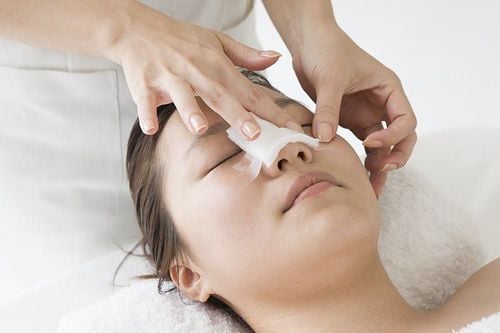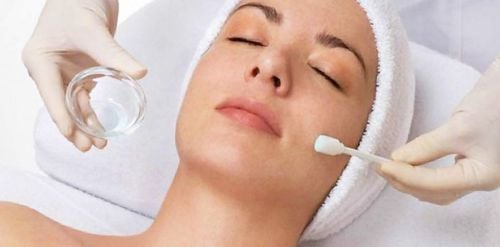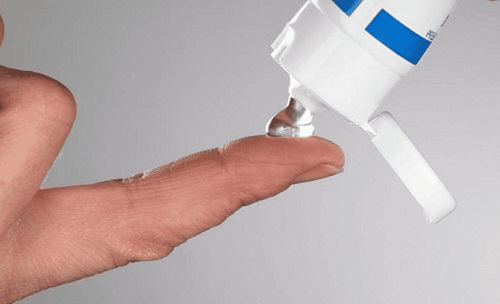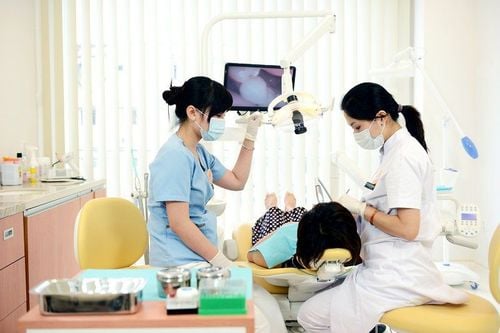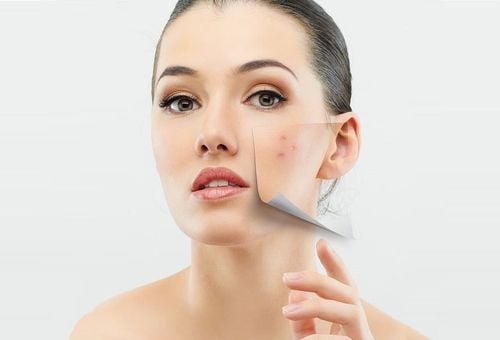This is an automatically translated article.
Chemical peels are treatments that use a chemical solution applied to the skin to cause dead cells to slough off, making way for new skin cells. Chemical peels can improve skin's appearance, smooth skin, and reduce wrinkles.
1. What is chemical peel?
Chemical peeling is one of the dermatological therapies applied in the treatment of a number of skin problems such as: acne, scars, dark spots, aging,... Chemical peels are carried out by using chemical peels. An acid solution is applied to the face to remove the outermost layer of skin. The skin will scab over and peel off over the next few days. The new skin that grows in place is softer, smoother, and less wrinkled.
Chemical peels can be performed on the face, neck or hands. The uses of chemical peels are very positive such as:
Reduce wrinkles under the eyes and around the mouth Treat wrinkles caused by the aging process Reduce and fade scars Treat some acne skin conditions Reduce freckles, spots age spots and dark patches, melasma due to pregnancy or oral contraceptives. Improve skin pigmentation, make skin whiter. Improves skin damaged by sun damage. After a chemical peel, the skin becomes more sensitive to the sun. So you need to apply sunscreen every day. Choose broad-spectrum sunscreen products that will protect against the sun's UVA and UVB rays. In addition, this cream must be a physical sunscreen and have an SPF of more than 30. Besides, you also need to limit sun exposure after chemical peels, especially between 10 a.m. and 10 a.m. 2:00 p.m. and wearing a wide-brimmed hat.

Trong quá trình peel da, bạn cần giữ thói quen thoa kem chống nắng
2. Who is suitable for chemical peels?
People with fair skin are suitable candidates for chemical peels. However, people with darker skin can also have good results, but that depends on the condition of the skin. Because after chemical peeling can lead to uneven skin tone for dark skinned people. Besides, people with sagging skin, blistering and many wrinkles will not give good results when chemical peels. They may need other types of cosmetic surgery procedures, such as laser resurfacing, facelifts, brow lifts, eyelid lifts, or soft tissue fillers. A dermatologic surgeon can help determine the most appropriate type of treatment for you.
3. Steps to perform chemical peels
3.1 Before chemical peels
Before conducting chemical peels, the doctor will examine to determine the history of scars, herpes, ... and the possibility of recurrence. Your doctor may ask you to stop taking certain medications, and he or she will prescribe other medications that are suitable for chemical peels, such as retin-a , renova or glycolic acid. Your doctor may also prescribe antibiotics or antiviral medications. Additionally, they will assess your skin condition and discuss treatment goals with you.
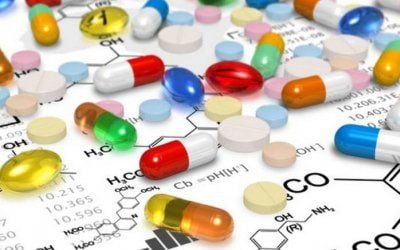
Bác sĩ có thể kê thuốc kháng sinh cho bạn trong khi peel da
3.2 Chemical peels
Chemical peels will be done in a doctor's office or surgery center. First, the doctor will clean the skin and apply a sufficient amount of chemical solution to the skin, such as glycolic acid, trichloroacetic acid, salicylic acid, lactic acid or carbonic acid,...
During chemical peels Most people will experience a burning sensation that lasts about 5 to 10 minutes, followed by a stinging sensation in the skin. To ease this sensation, your doctor may apply a cool compress to your skin or even use a pain reliever during or after a deeper peel.
3.3 After chemical peel
Depending on the type of chemical peel, after the peel you will feel like you have been sunburned. Reactions usually occur within 3 to 7 days, mildness may be just a rash then scabs. Chemical peels can be repeated over a period of one to four weeks until the desired look is achieved.
Moderate and deep peels can lead to swelling as well as blisters that may rupture, scab, turn brown, and peel off over a period of 7 to 14 days. If necessary, chemical peels can be repeated at medium depth after 6 to 12 months.
After treatment, you may need to cover some or all of the treated skin for a few days. New skin is very fragile after a chemical peel, so it's important to stay out of the sun for several months afterward.
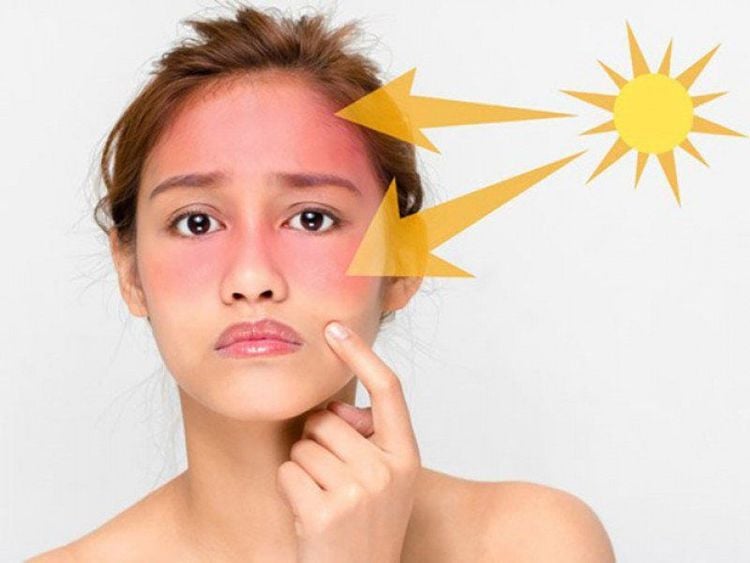
Da có biểu hiện cháy nắng là một phần của quá trình lột da hóa học
4. Possible Complications After Chemical Peeling
After a chemical peel, some skin types are more likely to experience temporary or permanent discoloration. Also, taking birth control pills, a later pregnancy, or a family history of brown discoloration on the face can make it more likely. In addition, some other possible complications after chemical peels include:
Scars on the face: The risk of scarring is very low, if it occurs, it can be treated and brought results good. Rash, herpes: especially those with a history of rashes will be at higher risk. Your doctor will likely prescribe medication to prevent and treat it. In a nutshell, chemical peels are treatments that use a chemical solution applied to the skin that causes dead cells to slough off, making way for new skin cells. Chemical peels can improve skin's appearance, smooth skin, and reduce wrinkles. However, chemical peels can leave some complications such as uneven skin, scarring, rashes, ... Therefore, before proceeding, the doctor will evaluate the skin condition to see if it is suitable for treatment. not perform this method, will then prescribe some medications to prevent complications. Besides, you need to avoid the sun for several months to get the best effect.
Please dial HOTLINE for more information or register for an appointment HERE. Download MyVinmec app to make appointments faster and to manage your bookings easily.
Reference source: webmd.com




